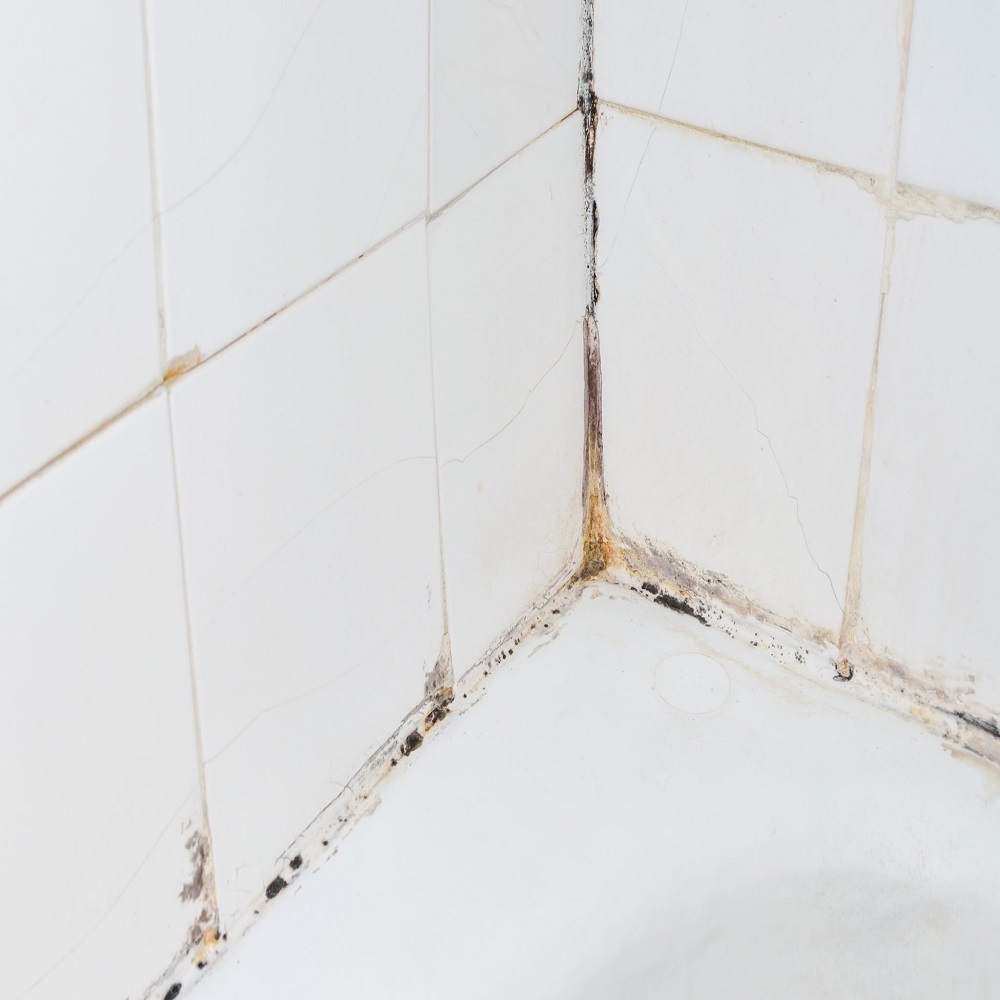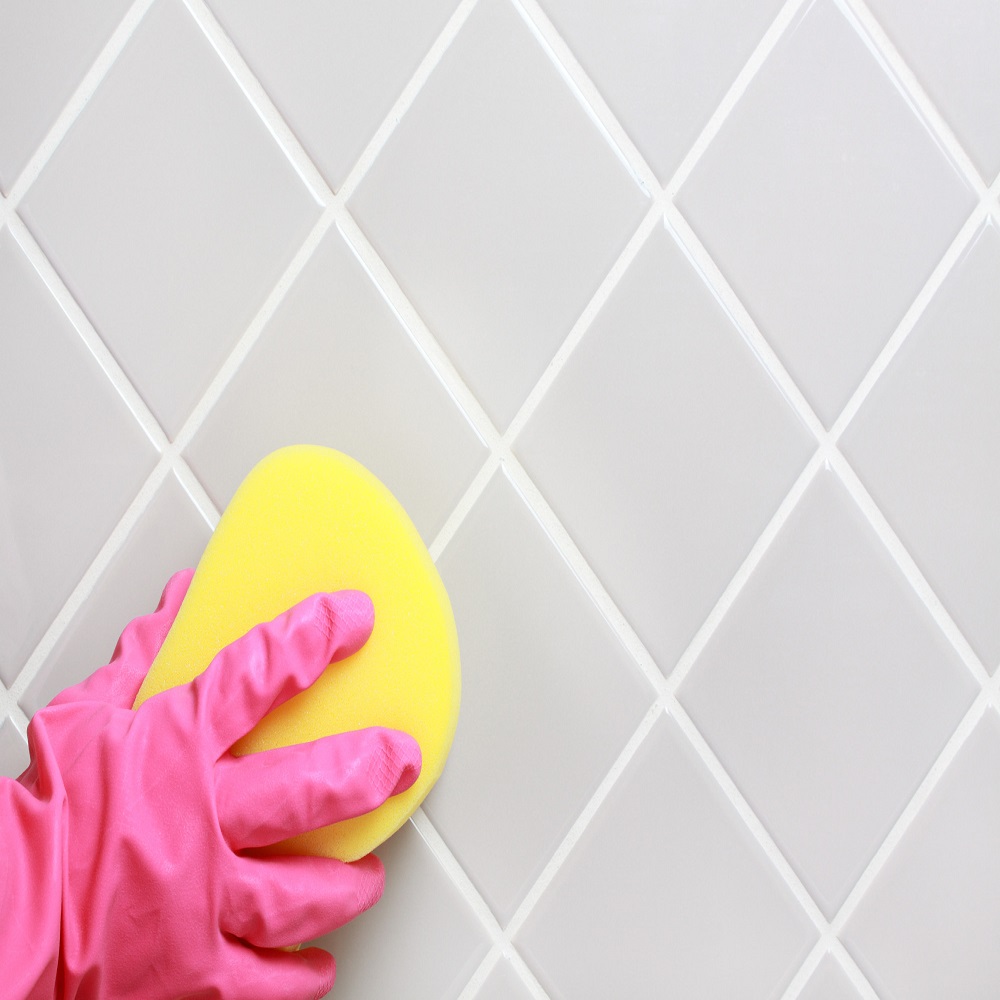Introduction to Bathroom Tile Cleaning
Cleaning bathroom tiles effectively boosts both cleanliness and aesthetics. Over time, dirt and stains accumulate making them appear dull and unsightly. Learning how to clean bathroom tile properly is crucial for maintaining a pristine look and ensuring hygiene. Here, you will find diverse methods and tips tailored specifically for bathroom tile care, covering everything from regular upkeep to tackling tough stains.
Essential Cleaning Supplies and Tools
To keep your bathroom tiles sparkling, you need the right supplies and tools. First, stock up on gloves to protect your hands from cleaners. A sturdy scrub brush can tackle grime, while a soft sponge works for delicate tile surfaces. For tight spaces and grout, an old toothbrush or a grout brush is ideal. Microfiber cloths are great for wiping surfaces without leaving streaks. When it comes to cleaners, have a pH-neutral soap or a dedicated tile cleaner on hand. Don’t forget a squeegee to prevent water spots and build-up. A mop with a wringer is useful for cleaning floors without leaving too much water. For more natural solutions, white vinegar and baking soda are versatile and effective. A bucket for mixing solutions and carrying supplies makes the job easier. With these items, you’re ready to maintain clean and hygienic bathroom tiles.

Daily Maintenance Tips for Bathroom Tiles
Regular daily maintenance is key to keeping your bathroom tiles spotless and hygienic. Here are practical tips to help preserve your bathroom’s cleanliness every day:
- Sweep or Vacuum Daily: Remove loose dirt and hair by sweeping or using a vacuum. This prevents grime from accumulating.
- Mop Regularly: Use a damp mop with a mild cleaner to wipe the tiles. Frequent mopping prevents stains from setting in.
- Immediate Stain Removal: Clean spills and stains immediately to avoid permanent discoloration. A quick response can mean the difference between an easy clean and a stubborn stain.
- Dry Surfaces After Use: After bathing or showering, use a squeegee or towel to dry the tiles. This reduces water spots and mold growth.
- Rinse Off Products Thoroughly: Any product used on the surface, like shampoos or shower gels, should be thoroughly rinsed off to prevent slippery residues and soap scum buildup.
Incorporating these simple steps into your daily routine enhances the longevity and appearance of your bathroom tiles, ensuring they are always clean and ready for use.
Deep Cleaning Strategies for Stubborn Stains
When tackling stubborn stains on bathroom tiles, a more intensive cleaning method is needed. Here’s how to effectively deal with these challenging spots:
- Pre-Treat Stains: Before you start the deep cleaning, pre-treat the stains. Apply a paste made of baking soda and water directly on the stain. Let it sit for about 15 minutes. This loosens the stain.
- Use Stronger Solutions: Mix a solution of vinegar and water in equal parts. For tougher stains, using hydrogen peroxide can be effective too. Always test these solutions on a small area first. This ensures the tiles are not damaged.
- Scrub Properly: After the pre-treatment, scrub the stained area with a stiff-bristled brush. Circular motions help lift the stain more effectively. Do not use a metal brush as it can scratch the tiles.
- Rinse Thoroughly: Once scrubbing is done, rinse the area with clean water. Remove all residues of the cleaning solution and the loosened stain particles.
- Dry the Tiles: Use a soft, dry cloth or microfiber towel to dry the tiles. This prevents water spots and additional stains from forming.
These strategies help remove the most stubborn stains and restore the shine of your bathroom tiles. Regular follow-ups with these deep cleaning tips ensure longer-lasting cleanliness.

Natural and Eco-Friendly Cleaning Solutions
Turning to natural and eco-friendly cleaning solutions for your bathroom tiles is not only safe for the environment but also effective. Here are some top natural cleaners:
- Baking Soda: Works great for removing hard water stains and mildew. Apply it as a paste or sprinkle it directly on stains.
- White Vinegar: Excellent for cutting through soap scum and limescale. Mix equal parts of vinegar and water in a spray bottle for easy application. Ensure to rinse thoroughly as the acidic nature of vinegar can be harsh over time.
- Lemon Juice: Lemon’s natural acidity provides a fresh scent and strong cleaning power. It’s especially good for brightening grout. Apply directly or mixed with baking soda.
- Hydrogen Peroxide: A non-toxic alternative that helps to sanitize and remove stains. It can be used directly on grout or tiles for deep cleaning.
- Tea Tree Oil: Just a few drops mixed with water can create a powerful natural mold and mildew remover. It’s particularly effective in humid bathroom environments.
Using these natural solutions not only keeps your bathroom tiles clean but also ensures a healthier home by reducing chemical exposure.
Preventing Mold and Mildew on Bathroom Tiles
Mold and mildew can quickly turn a clean bathroom into an unhealthy space. But, you can prevent this with the right steps. First, ensure good ventilation. Always use an exhaust fan during and after showers to reduce moisture. Keep windows open when possible. Secondly, after showering, wipe down tiles with a dry towel or squeegee. This removes excess water that mold thrives on. Thirdly, clean your bathroom weekly with mildew-resistant products. For natural options, use water and vinegar mix for cleaning. Lastly, check for any leaks regularly. Moisture from leaks can lead to mold growth. Fix leaks promptly to keep your tiles dry and mold-free.
How to Clean Grout Between Bathroom Tiles
Grout, with its porous nature, often captures more dirt and grime than the tiles themselves. For sparkling clean grout, follow these steps:
- Start with Warm Water: Begin by loosening dirt with warm water. Use a spray bottle, moisten the grout lines.
- Scrub with a Brush: Use a grout brush or an old toothbrush. Scrub the grout in a back-and-forth motion.
- Apply a Baking Soda Paste: Mix baking soda with water to form a paste. Spread it on the grout, and let it sit for a while.
- Rinse and Repeat if Necessary: After scrubbing, rinse with water. If stains remain, repeat the process.
- Use Hydrogen Peroxide: For tougher stains, apply hydrogen peroxide directly. It helps lighten and clean stains.
- Final Rinse and Dry: Rinse with clean water one last time and dry thoroughly. Use a cloth to avoid moisture.
By cleaning grout regularly, you ensure it stays bright and clean which improves overall bathroom hygiene.

Professional Cleaning Options and When to Consider Them
Sometimes, despite your best efforts, DIY cleaning might not cut it. Here’s when to consider professional cleaning options:
- Persistent Stains: If stains won’t go away despite repeated attempts, professionals can help. They use powerful solutions.
- Damage Prevention: Professionals know how to clean without damaging tiles. This is crucial for maintaining tile integrity.
- Time Constraints: If you’re too busy, hiring a professional cleaner can save time. They clean efficiently and quickly.
- Health Reasons: In homes with allergy sufferers, professionals can use hypoallergenic cleaners. This reduces health risks.
- Deep Cleaning Needs: Sometimes, bathrooms require deep cleaning that goes beyond the surface. Professionals handle such tasks effectively.
Professional cleaners have the tools and expertise to handle various cleaning challenges. They ensure that your bathroom tiles stay in the best possible condition. Consider professional help to keep your bathroom pristine and hygienic.


